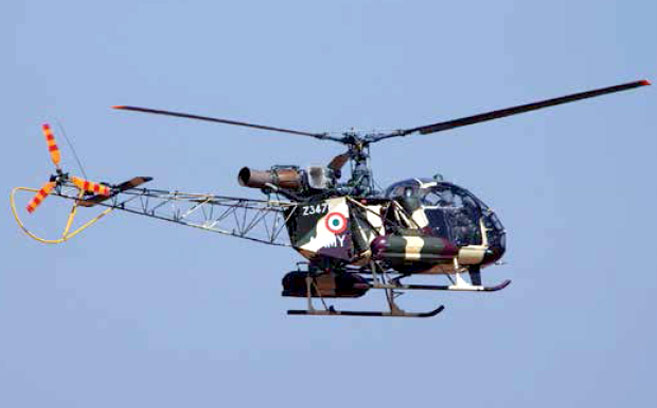
New Delhi: Defence Public Sector Undertaking (PSU) Hindustan Aeronautics Limited (HAL) has successfully completed a 10-day high-altitude demonstration of the indigenously developed Light Utility Helicopter (LUH) in the Himalayan region, the company said.
According to HAL, the comprehensive test – which included flight and performance assessment – was conducted in Leh, which is 3,300 m above sea level (MAMSL).
HAL said the LUH launched from Leh and performed a ‘hot and high’ hover at the Beg Oldie Advanced Landing Ground at 5,000 MAMSL, and validated its ability to access the Amar and Sonam military helipads atop the Siachen Glacier. The success paves the way for the Indian Army variant of the LUH for initial operational clearance (IOC).
The test flights were carried out by a team comprised of HAL, Indian Army, and Indian Air Force (IAF) pilots.
The air force variant of the LUH had earlier been granted IOC by the Centre for Military Airworthiness and Certification (CEMILAC) in Bangalore in February 2020. The certification allows HAL to commence serial production of the helicopter at a new purpose-built facility in Tumkur.
The 3 tonne LUH has been in development since 2008 with the aim to replace the military’s ageing Cheetah and Chetak helicopters that entered service from the 1960s.
The helicopter is powered by a Shakti 1U turboshaft engine jointly developed by HAL and France’s Safran Helicopter Engines, and is designed to reach altitudes of up to 6,500 m. It can carry a 500 kg payload (75 kg at operational ceiling) or transport a 1,000 kg underslung load.
HAL had earlier in August deployed two prototype Light Combat Helicopters (LCHs) to bolster Indian Air Force (IAF) operations in the high-altitude region of Ladakh, near the Line of Actual Control (LAC) that demarcates Indian and Chinese territory.








